Other
Comparing AI-Generated Headshots with Real Headshots
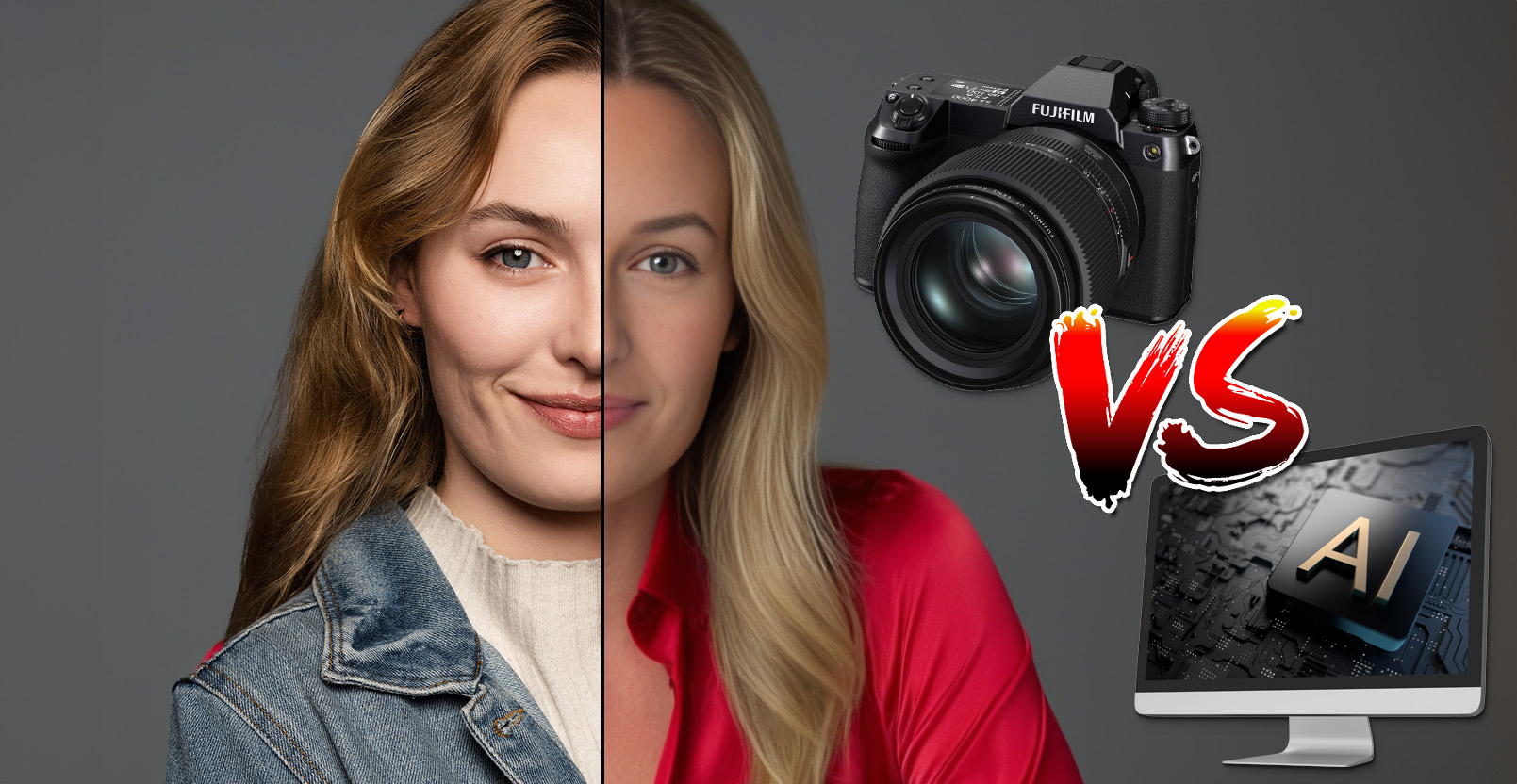
I’ve talked a lot about AI on this blog over the years – from discussing how it will change the industry, to implementing AI-based tools to better your workflow. In short, I’m pretty terrified of what AI is going to do to budgets and jobs in general in both the photography and videography spaces. And while I think it’s a year or two off from really taking jobs, I recently saw an ad for AI headshots to use on your LinkedIn that would give you 150 AI-generated headshots for ~$20. Seeing this, I figured it was time to investigate it further.
And so, I reached out to a friend of mine, Caroline, who I had previously agreed to do some headshots for. I told her that I wanted to test the capabilities of AI-generated headshots, and how they compare to actual headshots – and so she agreed to order some AI-generated headshots so we could compare for ourselves.
The AI Headshots
If you Google search AI Headshots, you’re going to find hundreds of different websites offering “the best” AI headshots, with no rhyme or reason as to why they’re better than the competition. After doing some research, I’m certain that all of these AI systems are about the same – using Stable Diffusion to generate the images with similar prompts to signify the style of images. Because of this certainty, we ended up just picking one at random, and ended up with AISuitUp. Promising “Your Best Headshot Yet”, Caroline was able to get 300 AI-generated headshots for the price of 150 – or 29 dollars in total by sharing the AI website to her LinkedIn profile.
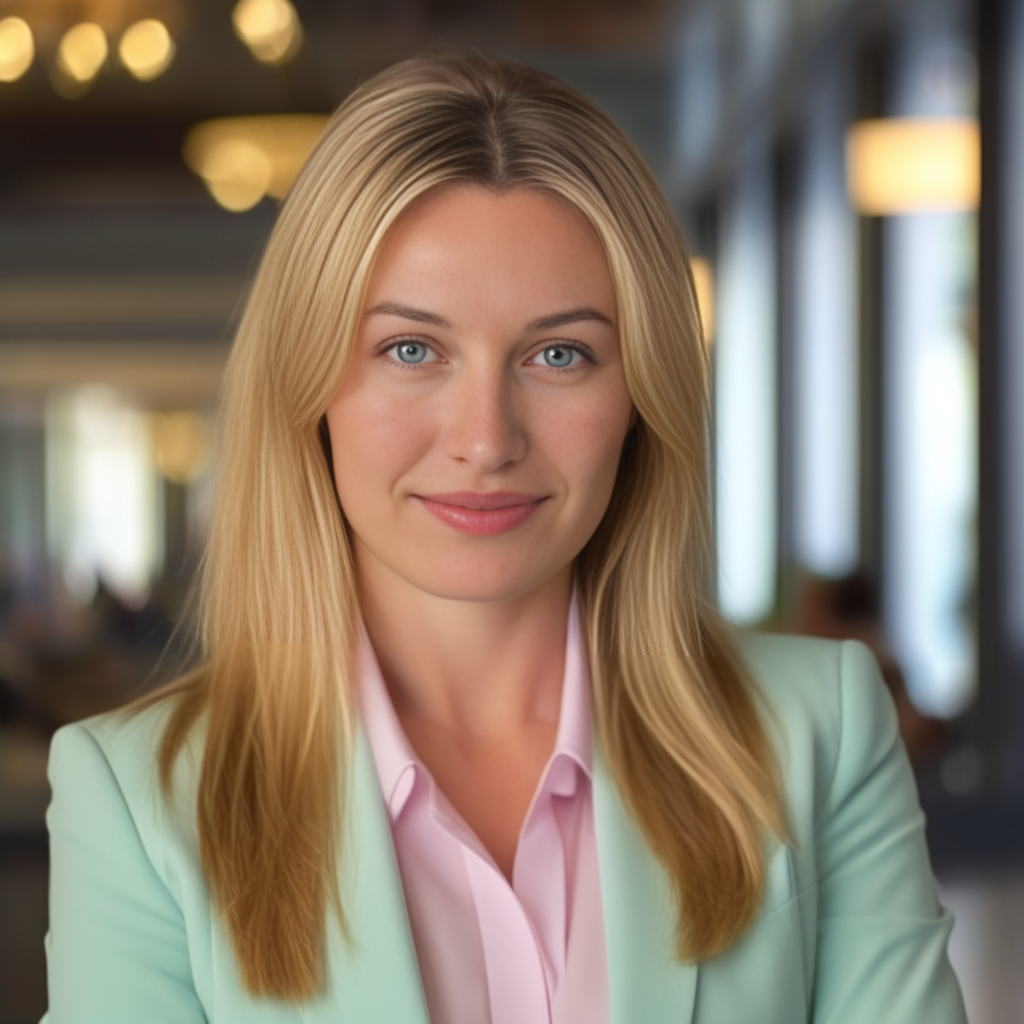
To critique these AI headshots, it’s very obvious why they give you so many more than you would need – a lot of them are not very good, and all of them share many similar styles throughout. But at 150-300 options, surely you’ll find one or two that you might like.
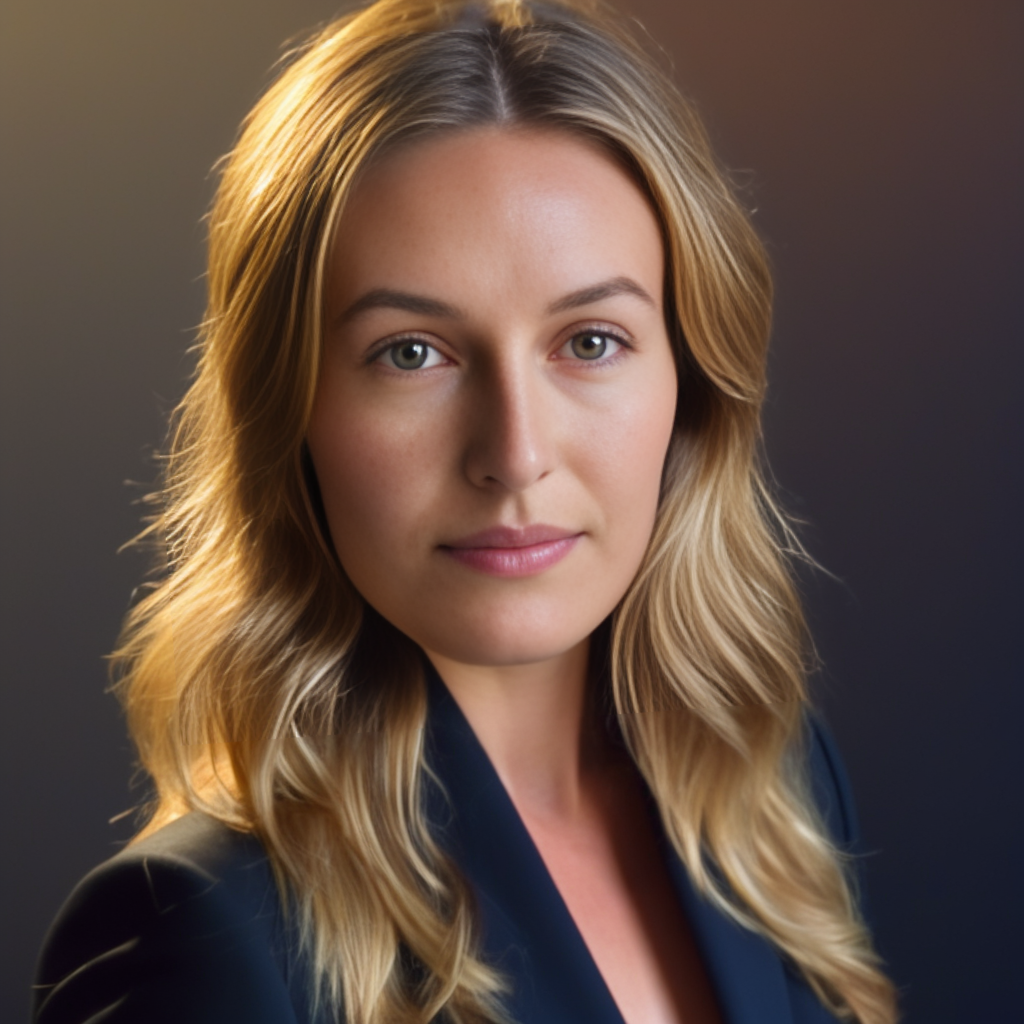
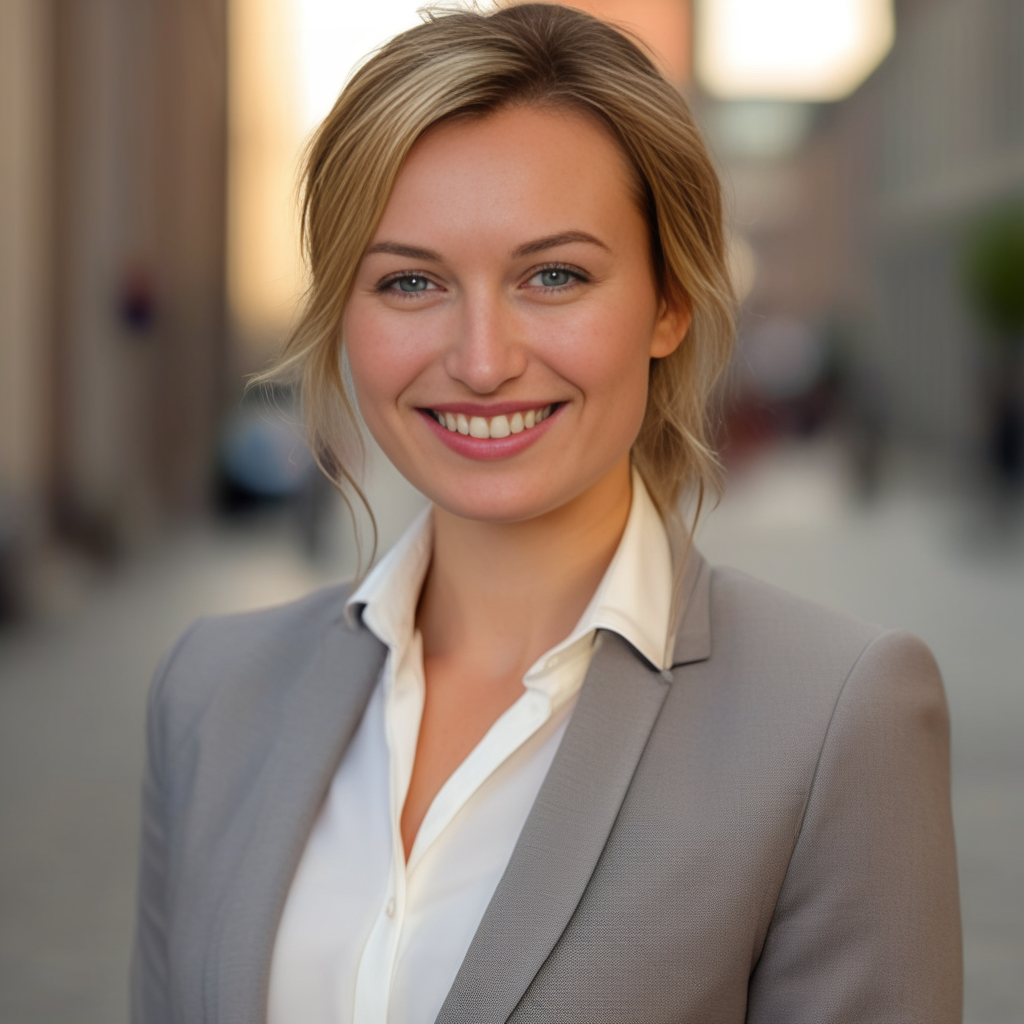
As for my friend, she found that the first batch of images didn’t look much like her, despite them asking her to submit at least 15 selfies for them to generate the AI headshots from. In the second go, she changed out a few of her submitted selfies which yielded slightly better results.

The Actual Headshots
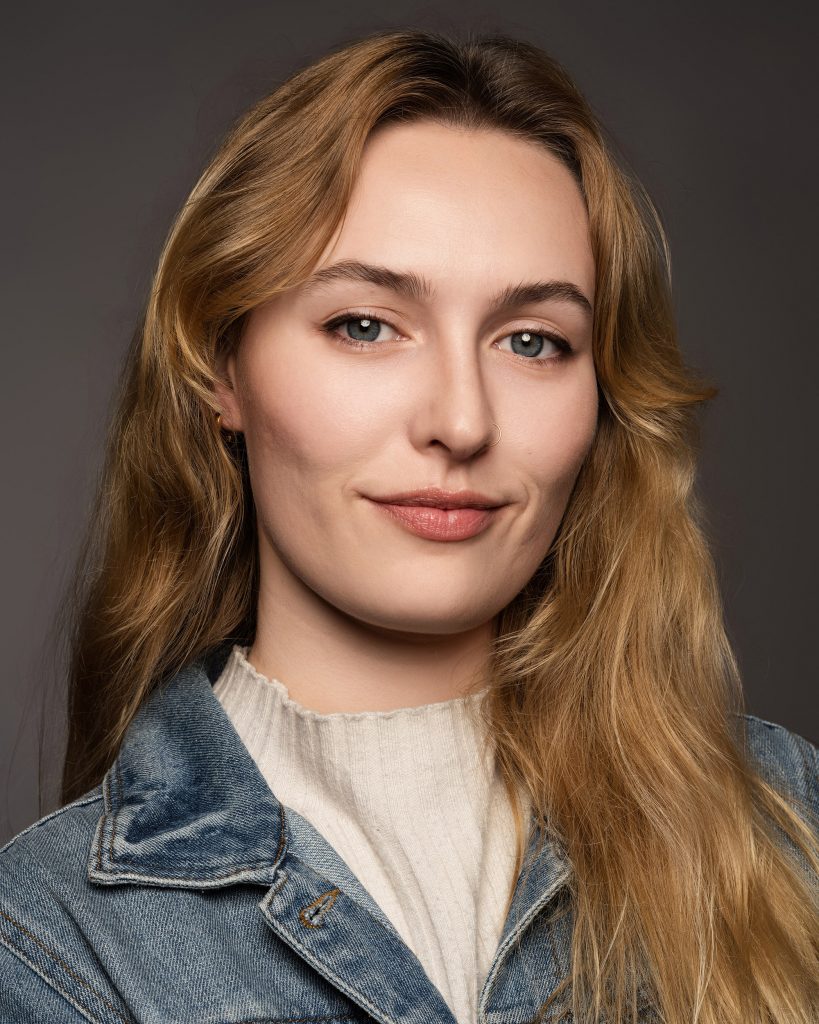
For the real-life headshots, Caroline was able to spend an hour or so at my studio, and we were able to capture headshots for her both in-studio and on location (though they were shot just outside of my studio, using an adjacent fence, and my driveway).
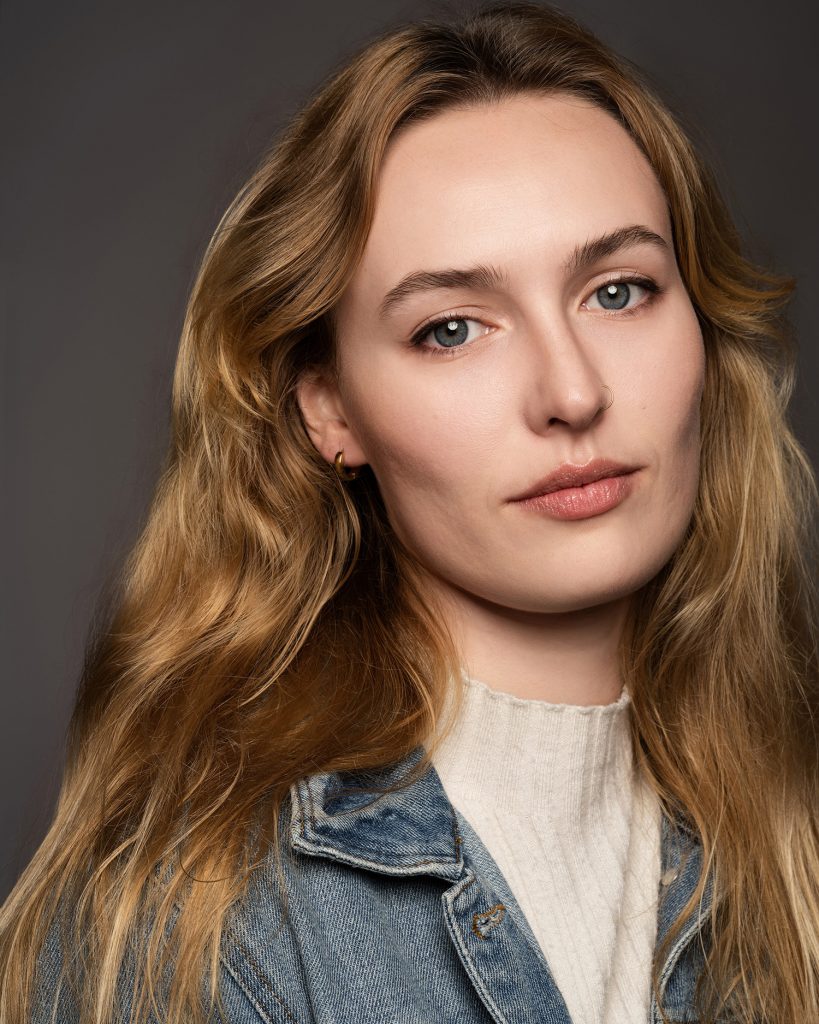
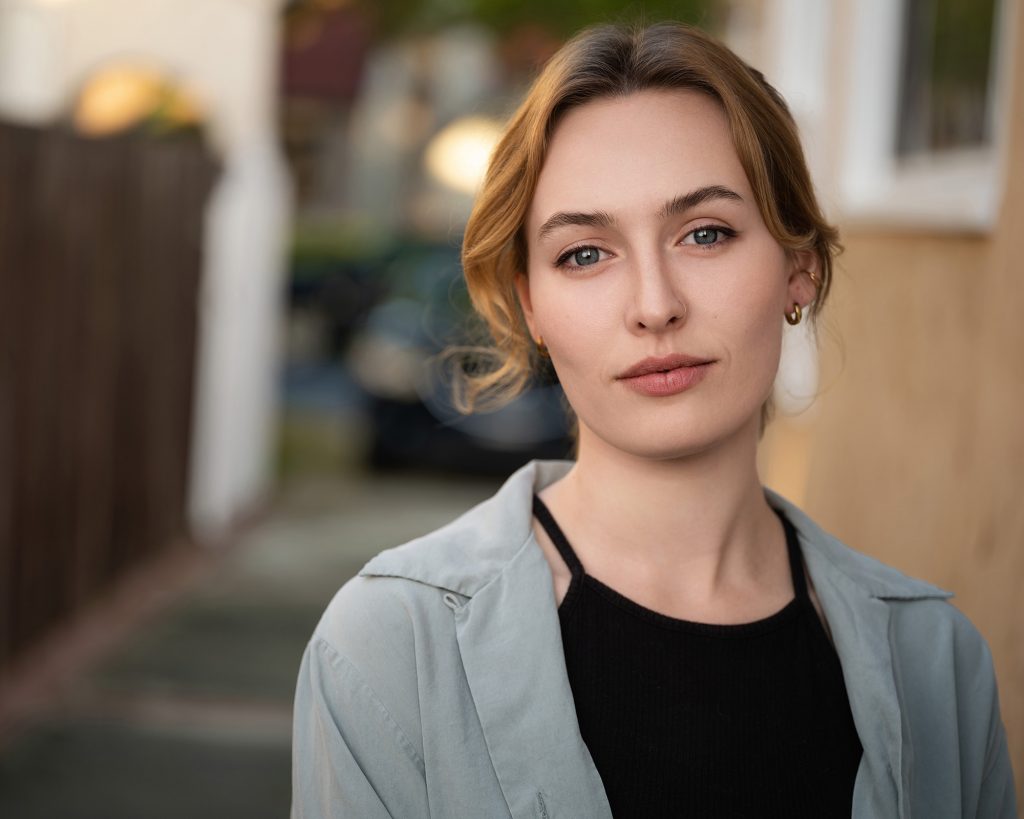
As for what was used to create these headshots, it’s impossible to be competitive with a $29 price tag. For lighting, I chose to use a Profoto B10X Plus, Profoto 3ft Octobox, a Fujifilm GFX 100S, and a Fuji GFX 120mm f/4 Macro – a total of over $9,800 in gear. And while these photos didn’t need a medium format camera or a top-of-the-line strobe kit, it’s still worth noting that even the most affordable camera and lighting setup is going to be a minimum of $1,000.
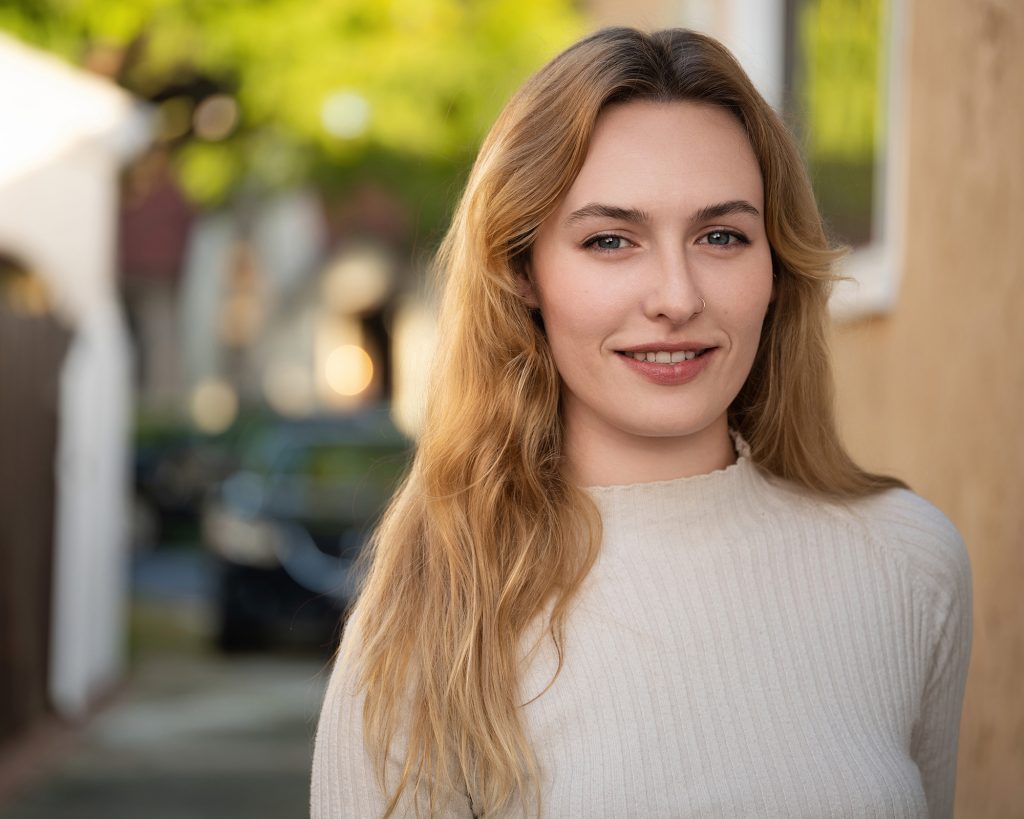
Comparing the Headshots
In the comparison of the actual headshots and the AI-generated headshots, it’s easy to determine which ones are which. The AI images have an almost cartoony feeling to them a lot of times and are limited in size to 1024×1024…which might work for some web purposes, but surely isn’t enough resolution to use them for anything other than small headshots on a company website and perhaps headshots to put on your business card. That said, AI image generation is only going to get better over time, and while they might look a bit cartoony now, they might improve substantially in the next pending update to their algorithm.
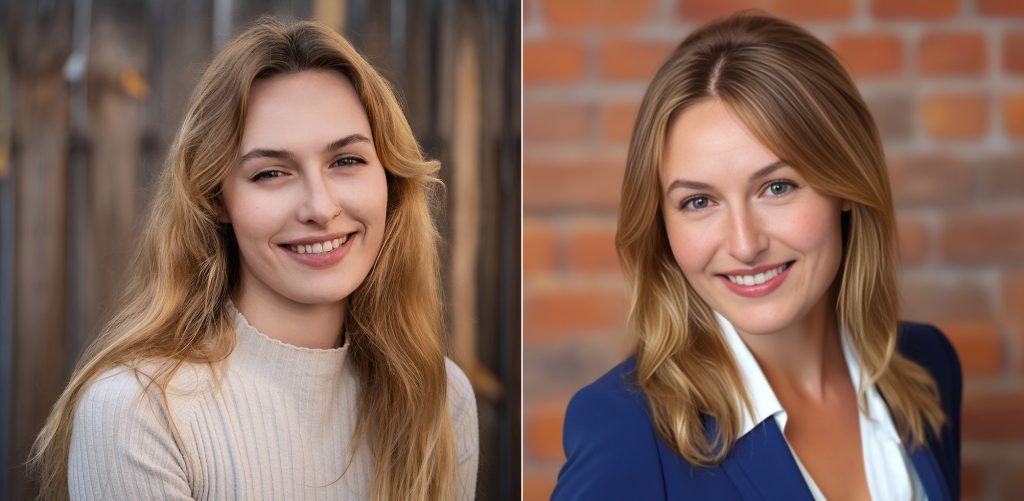
Because of their cartoony nature, I don’t suspect it currently being appropriate to use AI-generated headshots in a professional setting, aside from maybe using them as a low-resolution option for LinkedIn. Additionally, because the headshots are generated, there was some pretty significant differentiation from one image to the other – resulting in some uncanny valley if you’re familiar with the face they’re generating.
How to Survive the AI Takeover
Given that AI headshots are being heavily marketed by dozens of different websites offering largely the same service, it’s hard to imagine how a headshot photographer will be able to compete with this aggressive marketing campaign for AI. While many headshots are worth having a higher quality for – actor headshots and corporate headshots in particular, someone who is looking to update their LinkedIn might be looking at AI headshots over hiring a photographer for hundreds of dollars more than what AI headshots would cost. My best advice for those clients is… don’t chase them.
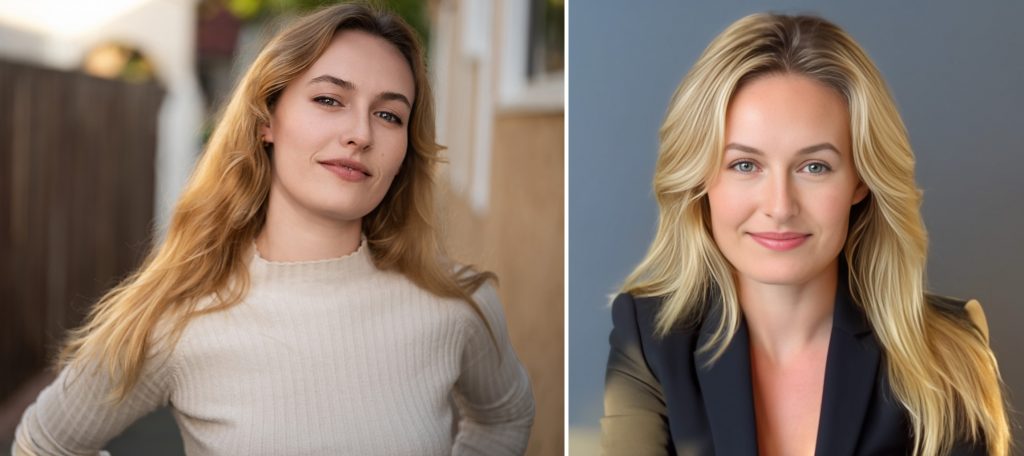
For the same reason I don’t offer passport photos at my studio (because I’m not going to compete with every Staples and CVS offering passport photos for $20), I’m not interested in competing with AI systems generating headshots for a few dollars. Instead, my business strategy is to offer a service larger in scope than just a headshot.
As someone who has taken thousands of people’s photos in a headshot setting over the 15+ years I’ve been a photographer, I have something AI can’t compete with – hard-earned experience. When you come into my studio, you’re not just getting a camera pointed in your face and lights flashing – you’re getting an experience that you can carry out of the studio and into daily life. With a headshot session, clients should also be given posing advice – from turning their shoulders so that the body isn’t as square, to focusing in the eyes to project confidence in the images. Not only do these skills help achieve a striking headshot, but they are also skills they can use for any photos going forward and even use to project confidence when communicating through body language.
So my advice when competing with Artificial Intelligence headshots is to offer something that AI cannot – a human experience filled with advice, guidance, and experience that your client can take with them out of the studio and session. Automation is going to come and take thousands of jobs over the next few years – but by offering services that extend beyond just a tangible product, you’re able to prolong the value of your photo sessions.
Do you have any experience with AI headshots? Any advice on how to overcome the AI buzz? Feel free to chime in in the comments below.
Related Reading
- How AI Tools are Making Retouching Easier Than Ever
- Is AI Art Generation Going to Destroy Art as We Know It?
- Effective Headshot Photography Techniques on Location
- How the Light Placement Alters Your Subjects
Author: Zach Sutton
I’m Zach and I’m the editor and a frequent writer here at Lensrentals.com. I’m also a commercial beauty photographer in Los Angeles, CA, and offer educational workshops on photography and lighting all over North America.-
murbach
-
Nashrambler
-
Supreme Dalek
